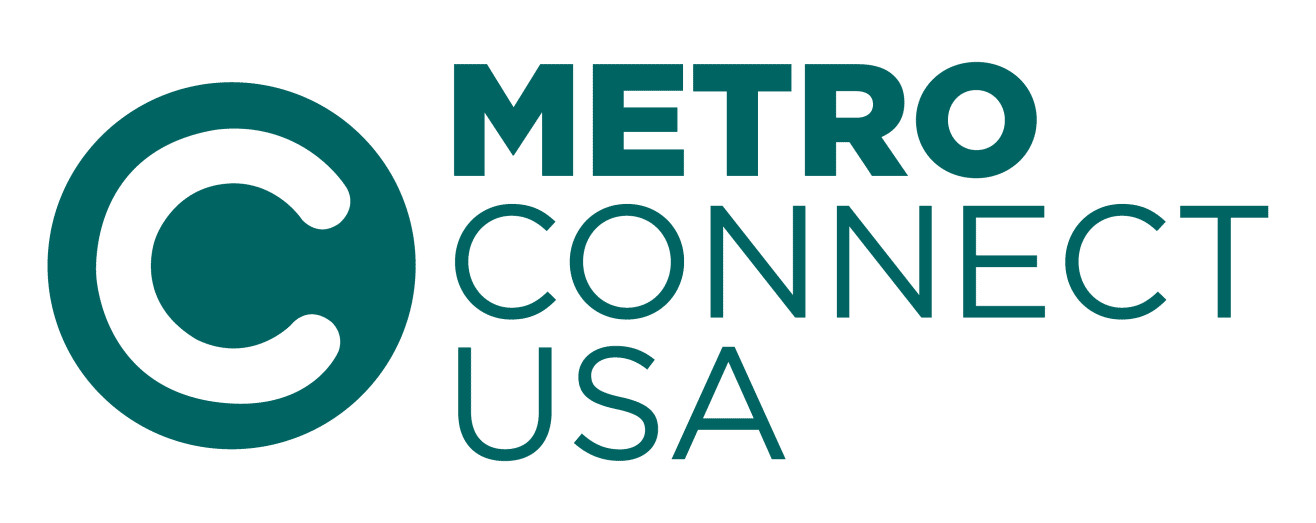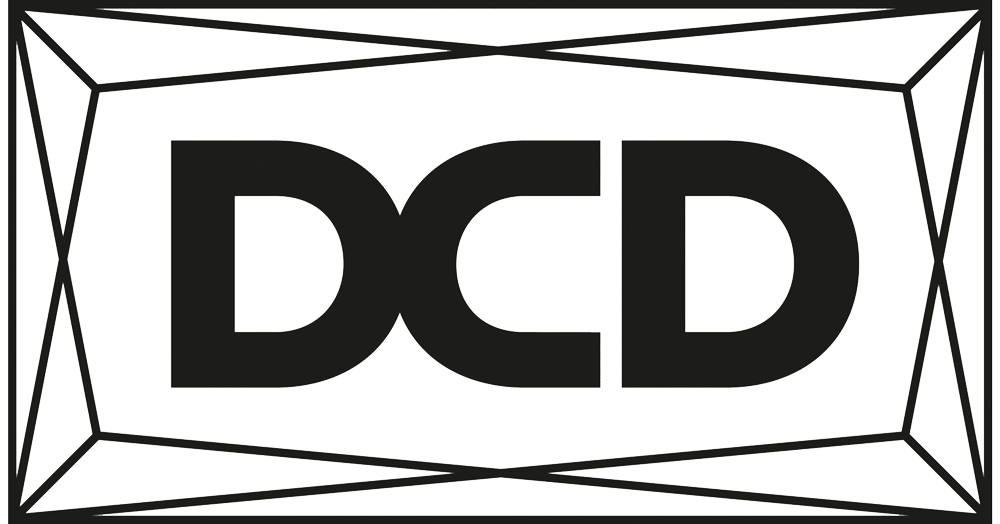Folks in the IT industry toss around the term “data center” frequently, usually without defining it or explaining what goes into a data center. As a result, it’s easy to assume that all data centers are the same, and that they provide identical resources and services.
The reality is more complicated. Although all data centers include a core set of components, data centers vary widely in shape, form and offerings. Choosing the right data center starts with understanding what different providers offer and which data center parts are most important for your workloads.
To provide guidance as you make that decision, this article walks through the key parts of a data center and explains what each data center component does.
To be clear, we’re focusing here on the parts of a data center that the data center owner provides, not what customers choose to deploy inside a data center. You can run whichever servers and software you want inside a data center, so long as the data center provides the resources and services necessary to support them.
Essential components of a data center
Broadly speaking, data center parts fall into two main groups: Those that are essential components of any data center, and those that are optional or add-on features that you’ll find in some data centers but not all.
Let’s start by discussing the core parts that exist in virtually any modern data center.
Facility
Every data center includes a physical building, which is where all the other parts of a data center live. This building, known as a facility (or, sometimes, a colocation center), is typically a standalone structure created specifically to serve as a data center. However, some data center facilities are part of larger buildings.
Internet connectivity
One of the main reasons why businesses host workloads in data centers is the high-performing Internet connectivity solutions that data centers include. Data centers provide Internet speeds and reliability that are unobtainable in most other settings, like offices.
Power
Another key advantage of a data center as compared to other sites where you could set up servers is ultra-reliable power supplies. In addition to delivering the electricity required to sustain large-scale server workloads, data centers also typically provide backup power options to keep workloads running even in the event of a power grid failure.
Environmental controls
In addition to delivering the electricity necessary for servers, data centers include environment control systems that prevent machines from overheating. Environment controls can also help to mitigate issues like dust infiltration or servers and exposure to moisture.
Physical security
Any viable data center includes physical security protections that keep your business’s assets safe from unauthorized physical access to the data center facility.
Optional parts of a data center
While some data centers limit their offerings to the core components described above, others may provide a range of additional resources or services.
Infrastructure services
In most cases, responsibility for setting up and managing servers inside a data center falls to customers. However, some data center providers offer infrastructure deployment and management services.
Using these services, customers can outsource the setup and monitoring of server infrastructure in a way similar to what cloud Infrastructure-as-a-Service (IaaS) offerings enable. Unlike cloud services, however, infrastructure services inside a data center provide dedicated hardware, which is rare in the cloud. Data center infrastructure is also more customizable than most cloud IaaS solutions.
Dedicated network connectivity
In addition to delivering high-performing Internet connections, some data center providers enable dedicated network connections to specific carriers. These solutions may be useful for a business that wants to connect infrastructure hosted in a data center to a public cloud environment, for example.
Data center customers can set up dedicated network connectivity via what’s known as a meet me room. The meet me room is where customer workloads can interface directly with carrier networks.
Managed services
Some data centers include a variety of managed service offerings to assist customers who want help in setting up, managing and/or securing the workloads they deploy inside data centers.
For example, managed data center services could include move-in assistance, which helps customers get their servers up and running, or managed IT security solutions, which monitor for security and compliance risks within customers’ workloads. Backup and recovery services for workloads hosted in data centers are another popular category of managed service that some data center companies provide.
Some data center providers even offer managed services that extend to resources hosted outside their data centers. Examples include help desk services, disaster recovery, virtual CTO services and consulting services that address all facets of a customer’s IT estate, not just those that reside in a data center. Such offerings are becoming especially important for businesses that adopt hybrid IT strategies, which require close integration between resources inside and outside data centers.
Choosing the right data center
By determining which data center components you need, you can select the right data center for your requirements.
If you plan to handle all aspects of infrastructure acquisition, setup, management and security on your own, a bare-bones data center that offers just the standard components like power and Internet connectivity will suffice. On the other hand, businesses with special connectivity requirements may need a data center that includes a meet me room, while companies that don’t want to manage all aspects of their workloads on their own will benefit from data centers that provide managed services.
The bottom line: The parts of a data center vary more than you may think. Be sure your data center includes everything you need to support your workloads over the long term.



